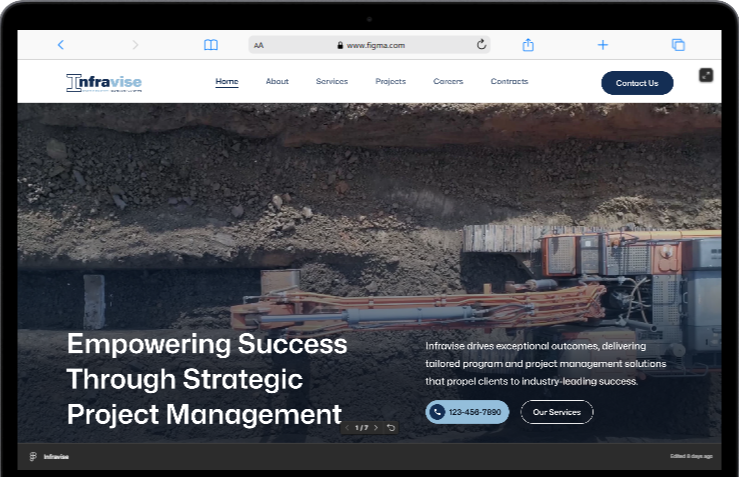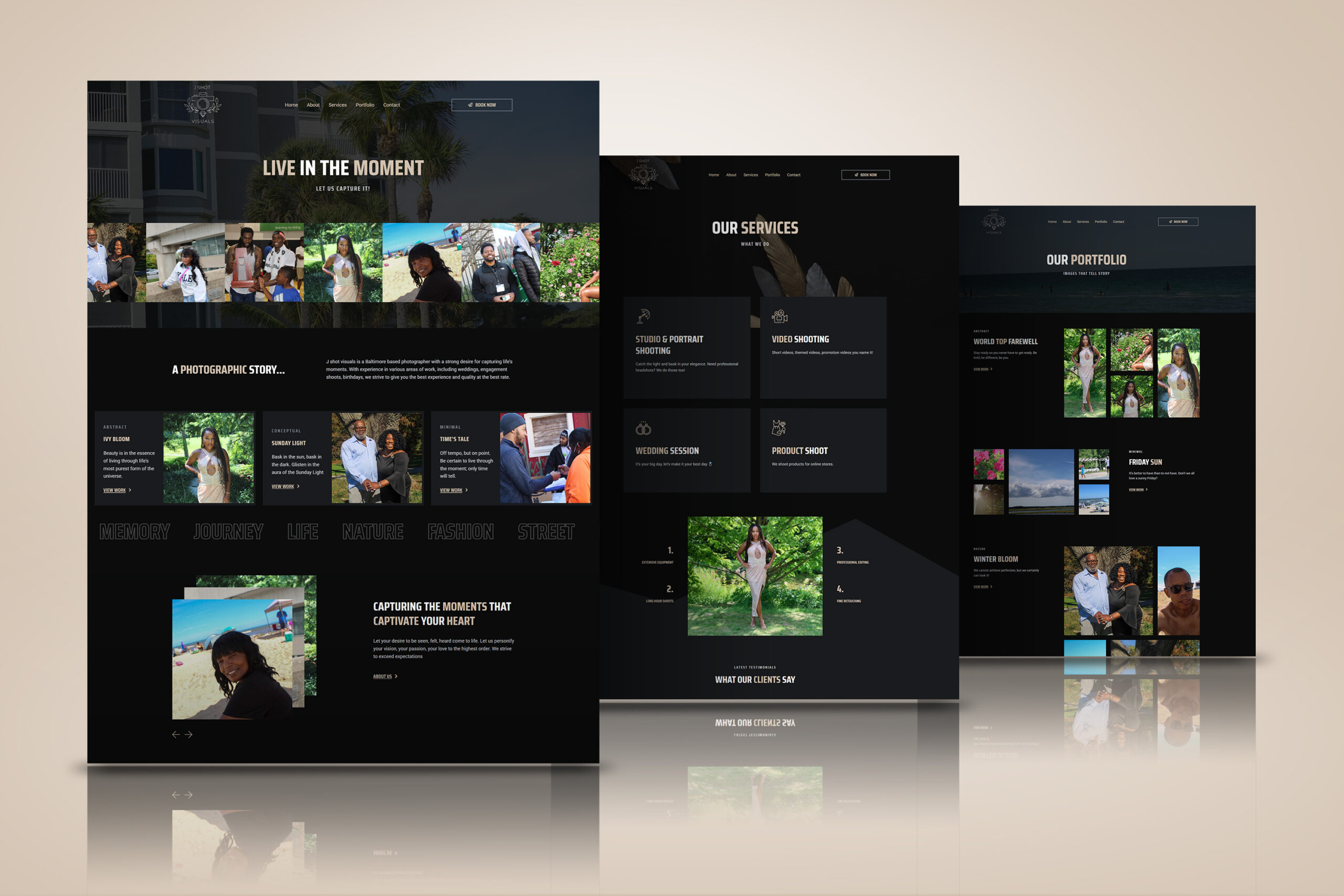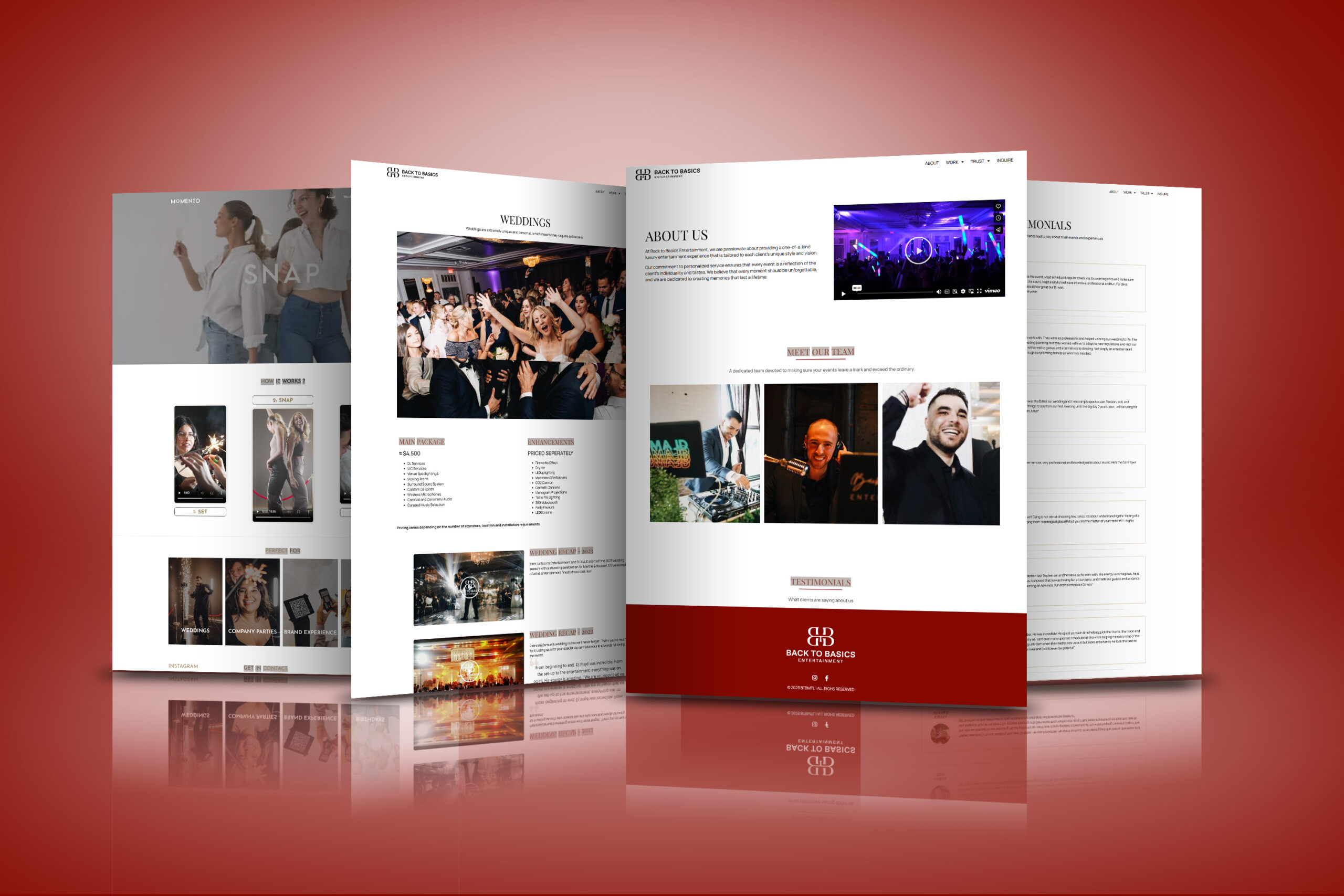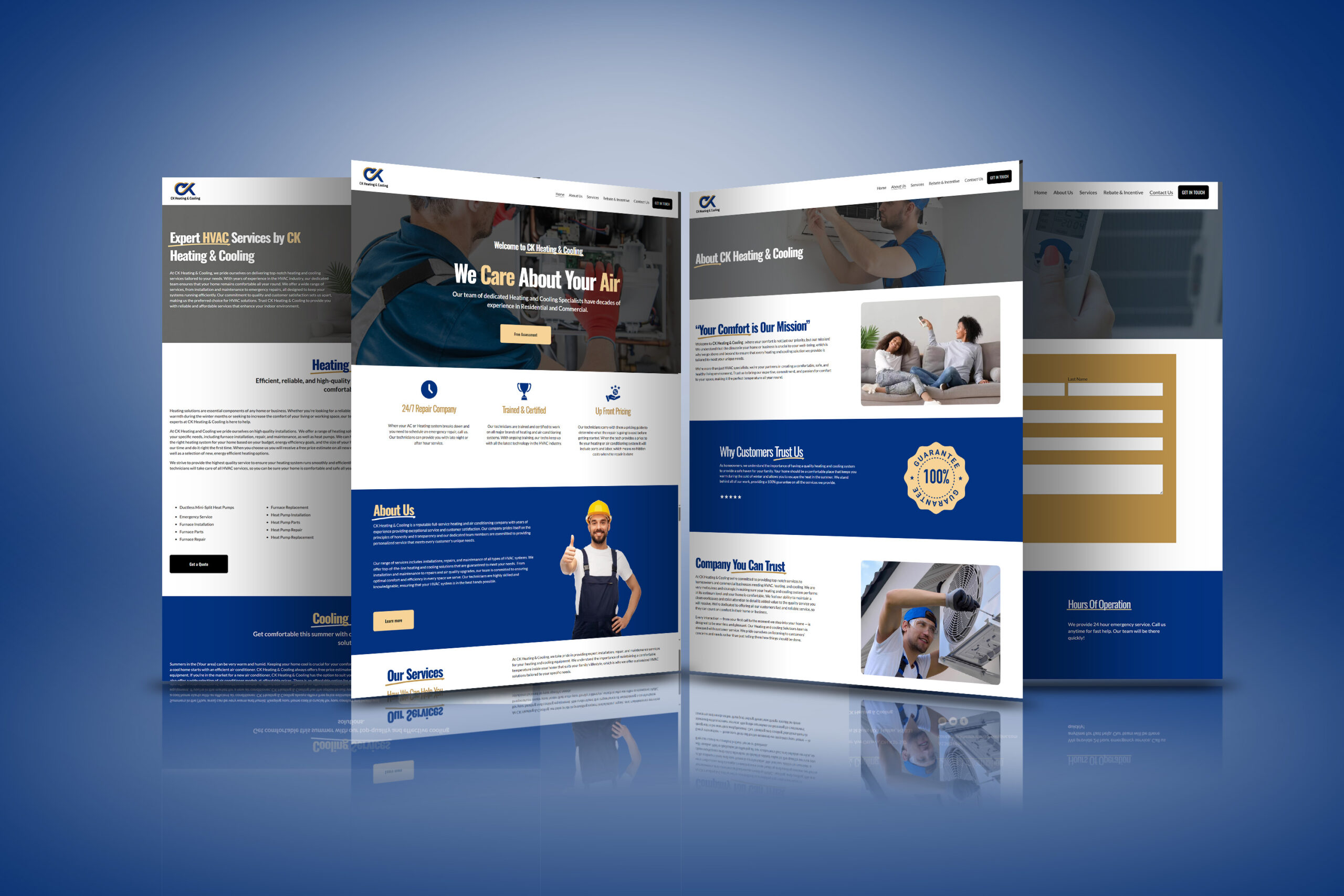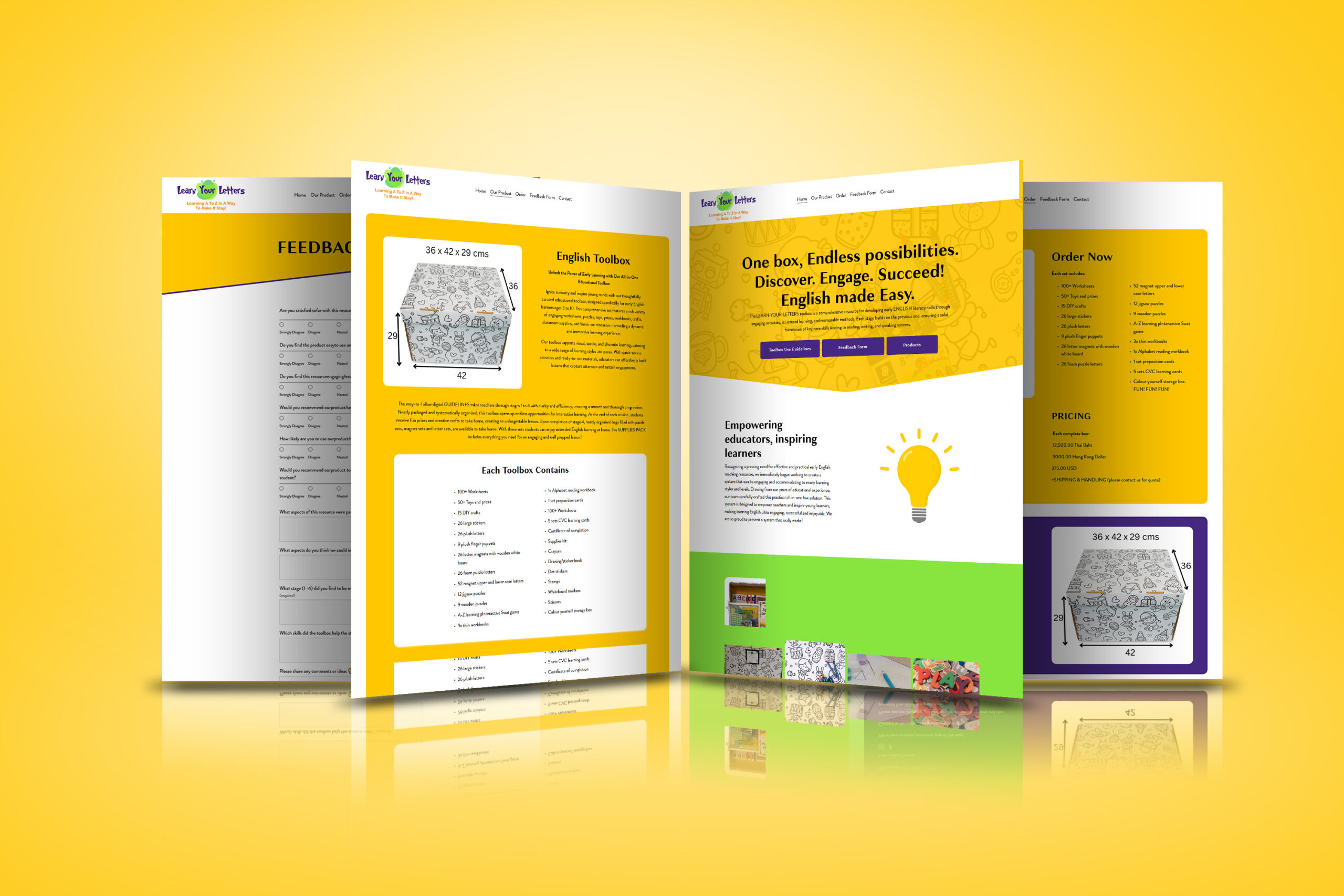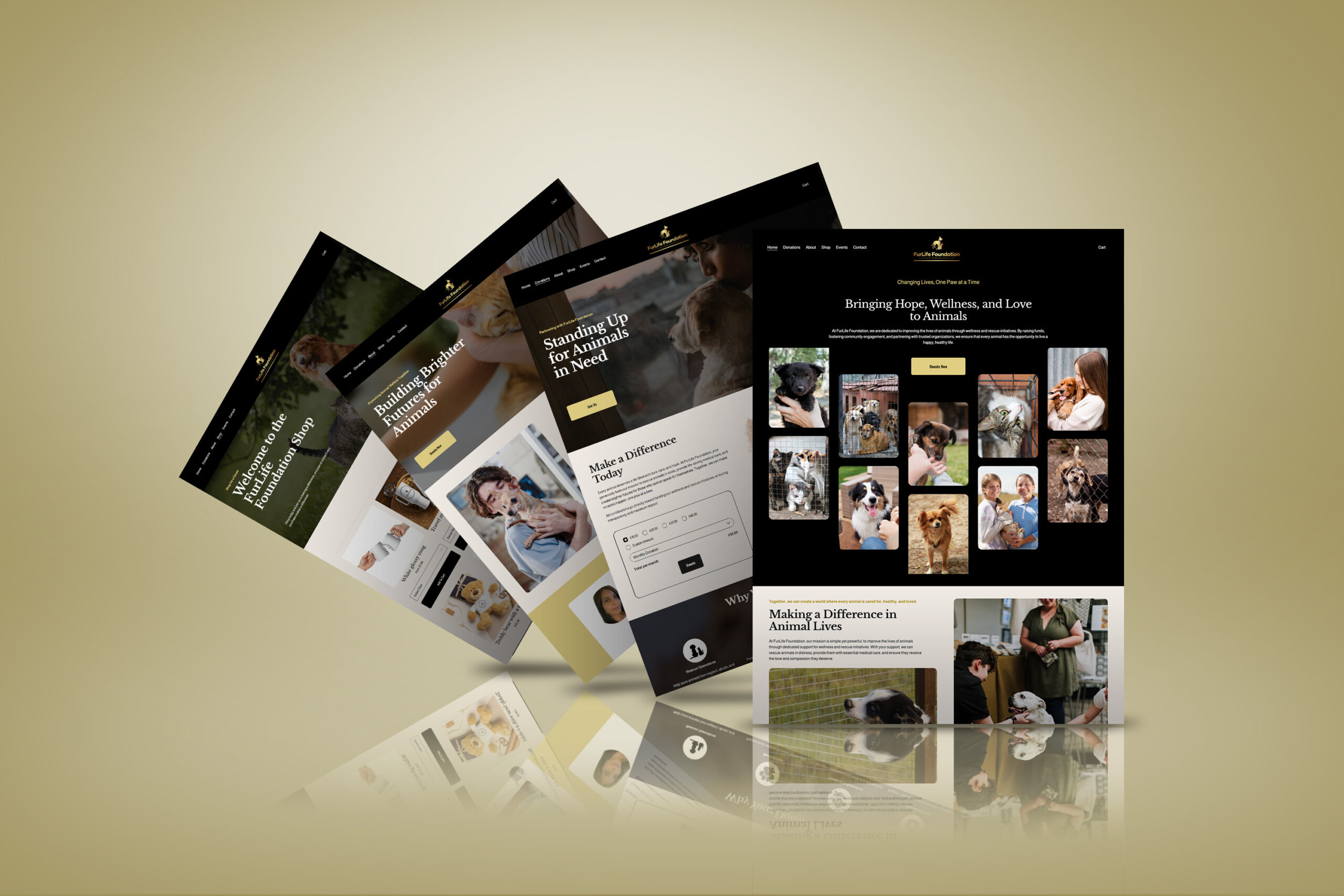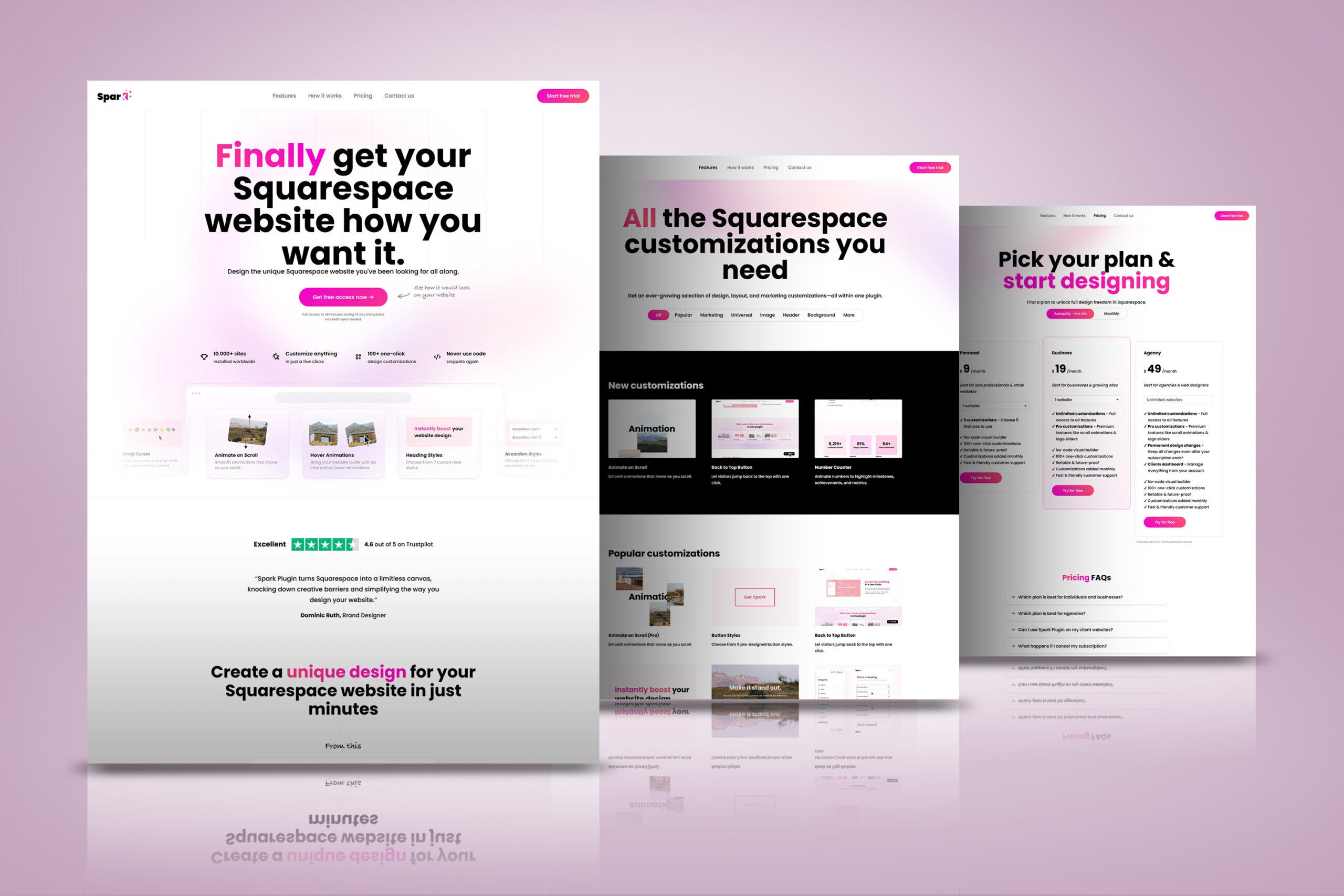Introduction
The rollout of 5G technology is revolutionizing web development, enabling faster speeds, lower latency, and seamless connectivity. As 5G becomes more widespread in 2025, web developers must adapt to leverage its full potential. This guide explores how 5G is transforming website performance, UX, mobile development, and emerging technologies like AR/VR.
1. How 5G Improves Website Loading Speed and Performance
One of the biggest advantages of 5G is its ultra-fast speed, significantly reducing page load times.
🔹 Key Benefits:
- Faster content delivery with lower latency (as low as 1ms)
- Improved website responsiveness and interactivity
- Enhanced streaming capabilities for videos and dynamic content
🔹 Impact on Web Development:
- Websites can load high-resolution images and videos faster
- Developers can reduce reliance on content delivery networks (CDNs)
- Improved performance for real-time applications like gaming and e-commerce
2. Mobile-First Development in the 5G Era
As 5G expands, mobile browsing will surpass desktop experiences in both speed and capability.
🔹 5G’s Effect on Mobile Web Development:
- PWA (Progressive Web Apps) adoption: Faster performance makes PWAs an even more viable alternative to native apps.
- More complex mobile web apps: Developers can build more feature-rich mobile experiences without performance concerns.
- Enhanced mobile e-commerce: Faster loading speeds lead to higher conversions and better UX.
🔹 Optimization Strategies:
- Leverage lazy loading to ensure content loads efficiently.
- Optimize mobile-first design for seamless user experiences.
- Utilize AMP (Accelerated Mobile Pages) to speed up mobile performance.
3. 5G’s Role in Immersive Technologies: AR, VR, and AI
5G unlocks new possibilities for immersive technologies, making Augmented Reality (AR) and Virtual Reality (VR) more accessible.
🔹 AR/VR in Web Development:
- Faster real-time rendering allows for web-based AR experiences.
- Improved AI-powered interactions enhance chatbot capabilities and virtual assistants.
- Interactive 3D elements become more practical for websites.
🔹 Use Cases:
- E-commerce: Virtual try-ons for clothing and accessories.
- Real estate: 3D property tours.
- Education: Interactive learning modules using AR.
4. Enhanced Security and Real-Time Data Processing
5G not only improves performance but also enhances security and real-time processing.
🔹 Security Benefits:
- Stronger encryption protocols reduce hacking risks.
- More secure cloud connectivity for web apps and IoT integrations.
🔹 Real-Time Data Impact:
- Faster real-time analytics improve data-driven web experiences.
- IoT integration becomes more efficient with instant data processing.
- Live content streaming (gaming, e-learning, entertainment) is more stable and seamless.
5. The Future of Web Development in the 5G Era
As 5G continues to evolve, developers must stay ahead of new trends:
🔮 AI-powered personalization will create real-time, adaptive web experiences.
🔮 Edge computing will reduce server loads, improving performance.
🔮 Voice search and voice-enabled browsing will grow with faster connectivity.
🔮 More IoT-powered websites as smart devices become more connected.
Final Thoughts
5G is transforming the digital landscape, bringing faster load times, richer mobile experiences, and new possibilities for AI, AR, and real-time applications. Web developers must embrace these changes to create future-proof, high-performance websites.
Is your website optimized for the 5G era? Ali DevSolutions can help you develop cutting-edge websites that take full advantage of 5G technology.



